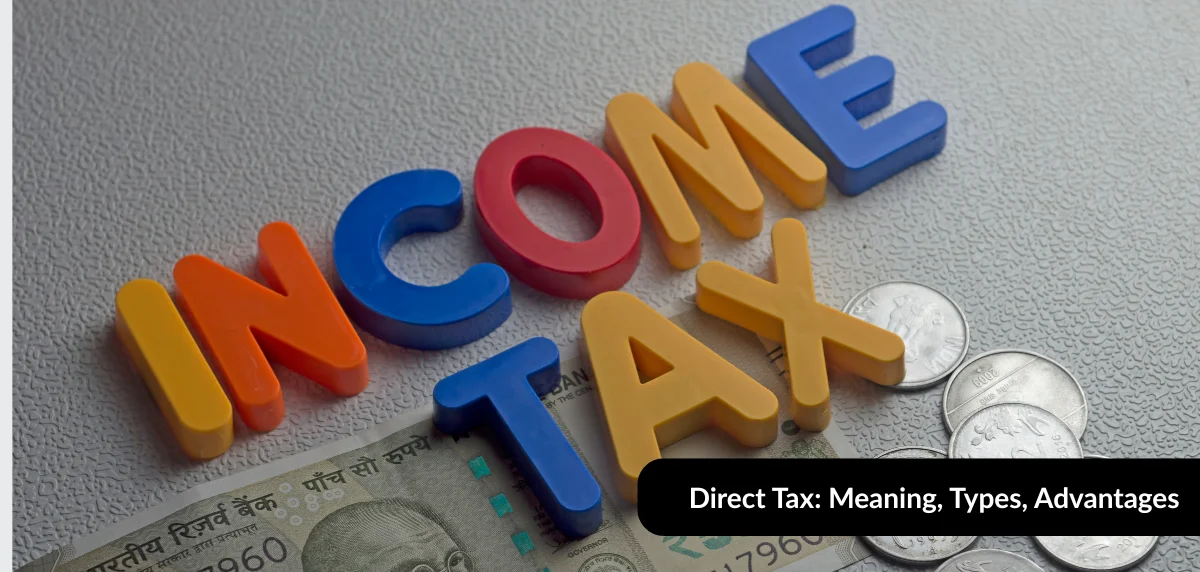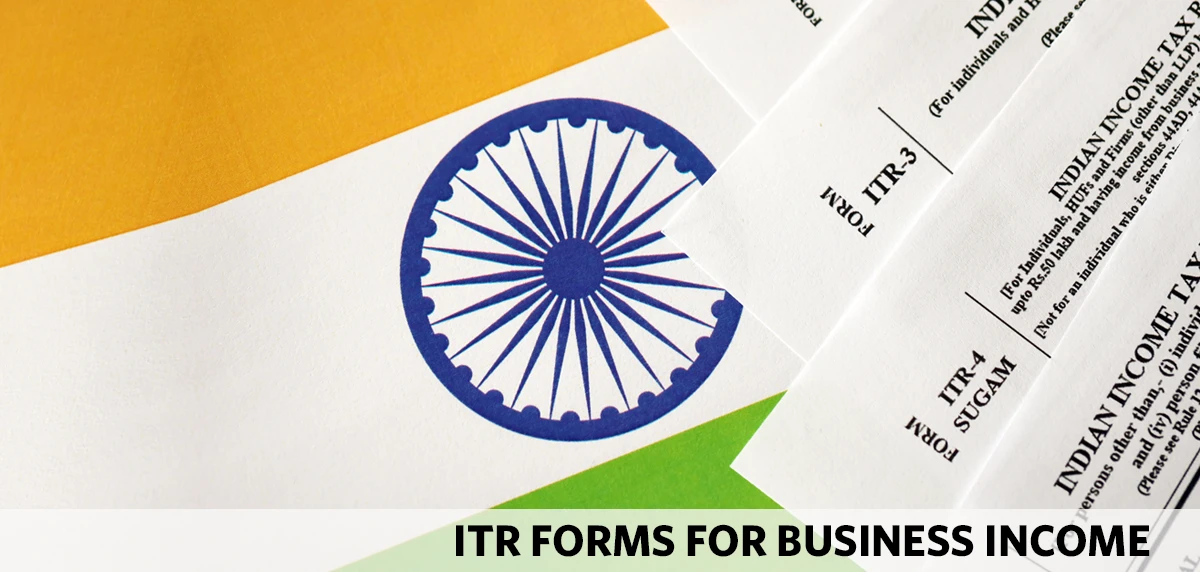In India and elsewhere, taxes play a huge role in sustaining and building a fair and strong economy. Taxes are a key source of revenue for the government and are essential for running the country’s welfare programs, infrastructure projects, and ensuring the continuity and progress of public services. While there are many types of taxes, direct tax is important to drive the country’s growth forward. These taxes are paid directly by individuals and businesses based on their income or profits.
Read on to know more about direct tax, its meaning and types, and its many advantages.
What is Direct Tax?
Direct tax refers to the kind of tax that is directly paid by individuals or organisations to the government. It is charged based on a person's income, wealth, or profits. It is not transferable to another person.
If you are a legal citizen of the country and are earning a salary or running a business, the tax you pay on your income is a type of direct tax. Unlike indirect taxes (such as GST or TCS), the responsibility to pay direct tax lies with the same individual or entity. It cannot be added to or covered under another charge to be passed over to a larger body.
In most cases, direct tax is structured in a manner so as to make high earners contribute more to the nation’s development. Direct taxation allows the government to ensure a fair distribution of wealth.
Types of Direct Tax
There are several types of direct tax in India. Below are the most common ones:
1. Income Tax
The most widely known type of direct tax, income tax, is levied on the earnings of individuals, Hindu Undivided Families (HUFs), and firms. The tax amount is based on income slabs and age, which can be revised by the government. Individual taxpayers can calculate their tax liability using an income tax calculator.
2. Corporate Tax
This tax is imposed on the profits of domestic and foreign companies operating in India. Corporate tax rates are specified in the annual Finance Act and may vary based on company size, revenue, or sector.
3. Capital Gains Tax
When you earn a profit by selling a capital asset, such as property, stocks, or mutual funds, that profit is called a capital gain, and it is taxable.
There are two types:
- Short-term capital gains (STCG) - Refers to profits gained after selling assets you have held for a year or less.
- Long-term capital gains (LTCG) - Refers to profits gained from assets held for more than a year.
Direct taxation rates differ for both types of capital gains.
4. Securities Transaction Tax (STT)
It is levied when you buy or sell securities such as shares and mutual fund units on stock exchanges. This direct tax is collected at the time of the transaction and can be applicable to both the buyer and the seller, depending on the type of transaction.
5. Dividend Distribution Tax (DDT)
The DDT required corporations to deduct a certain percentage from the dividend amount that they would distribute to their shareholders. However, it was abolished by the Finance Minister under the Finance Act, 2020.
6. Wealth Tax
This was a type of direct tax imposed on the assets and net wealth of the super-rich. However, the Finance Ministry abolished it in favour of a surcharge hike.
Now that you know what tax is in its direct form, and the types it can come in, let’s explore how you can calculate your direct tax liability.
How to Calculate Direct Tax?
Let’s look at how to calculate the most common form of direct taxation - income tax.
Step 1. Add all income sources
This will include not just your salary but also business profits, capital gains, rent from house property, and interest income.
Step 2. Apply exemptions and deductions
Deduct eligible investments under sections, such as 80C, 80D, 80G, and so on.
Step 3. Determine taxable income
Subtract deductions from total income to get your taxable income.
Step 4. Apply slab rates
Use the latest tax slabs to compute the tax due. You can use an income tax calculator to make this easier.
Step 5. Subtract TDS and tax credits
Reduce the amount of TDS (Tax Deducted at Source) and advance tax paid, to find the final tax payable.
If the tax paid is more than your actual tax liability, you may be eligible for a refund. Intimation of your refund status may be sent to you via different types of income tax notices.
What are the Advantages of Levying and Paying Direct Tax?
Paying direct tax not only helps fund the country’s development but also brings several advantages to taxpayers and the economy.
1. Promotes Economic Equality
Since direct taxation is based on income, people who earn more pay more tax. This helps in ensuring a fairer wealth distribution and reduces economic inequality.
2. Creates Certainty and Clarity
The tax amount is calculated using fixed rates and slabs applicable across the country. Both the taxpayer and the government know how much tax is due. This makes the system predictable and transparent.
3. Allows for Control Over Inflation
The government can raise direct tax rates during high inflation in order to reduce extra money in circulation. This can help stabilise prices and control inflation.
4. Helps Fund Welfare Schemes
The revenue collected through direct tax is used to fund essential services, such as healthcare, education, roads, pensions, and subsidies. This can help taxpayers feel a sense of pride in their contribution to the country’s development.
Direct tax can play an important role in creating a fair and strong economy. By understanding its types and applicability, taxpayers can contribute to the progress of the country’s economy while also planning their finances better.





















